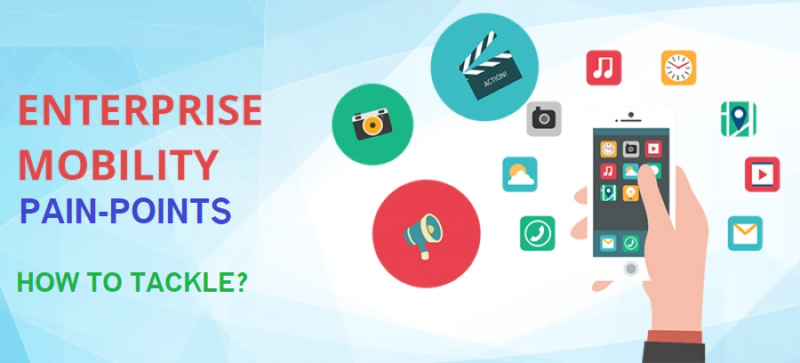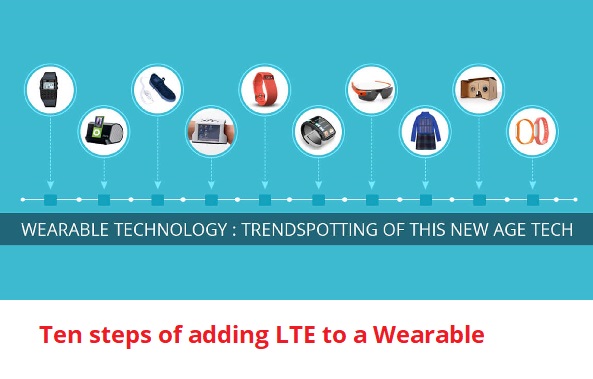Executive summary Enterprise move to Mobile Platform is a necessity with wireless connection becoming a default option for connecting everything.…
Adding LTE to a Wearable is not as easy as adding Bluetooth to a Wearable. Mobilestack Inc has deep experience…

